Looking out across the back yard, all I see is green and white. The early spring snowdrops are in their glory, blooming next to tall white narcissus. The white lenten rose, against a grey winter sky, has been blooming for several weeks.
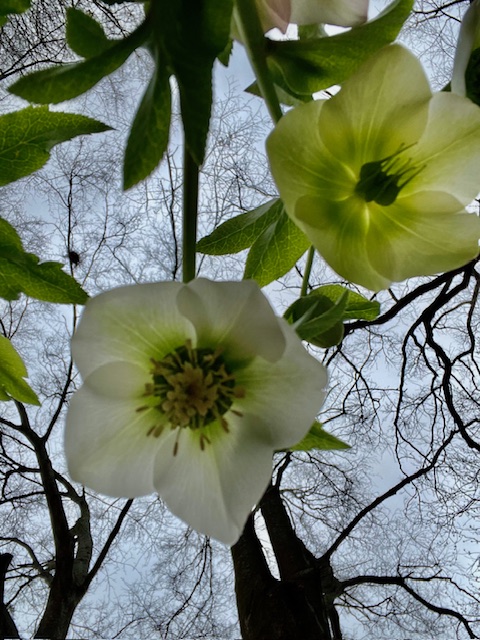
It all made me wonder why so many of our winter and early spring flowers are white – and why there is a progression of color in nature from white in winter to pastels in spring, bright reds and yellows in summer and purples in fall. Is there a reason?

Of course and the reason for flowers, is (as always) the pollinators. Scientists say that some of the earliest pollinators are flies and that flies lack color vision. Instead, they are attracted to bright petals that are highly reflective and to flower forms that are easy to pollinate.
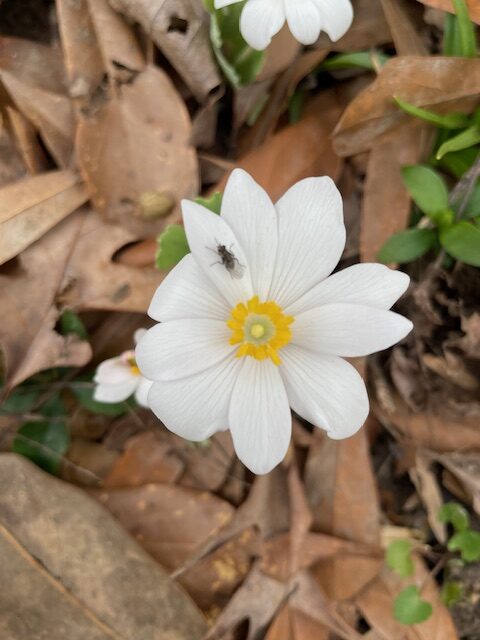
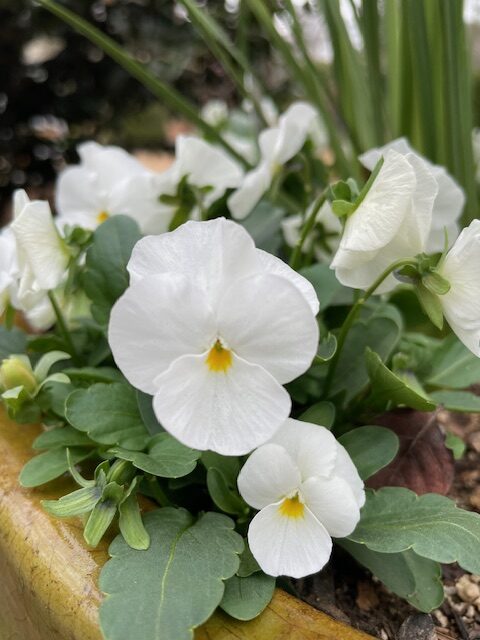
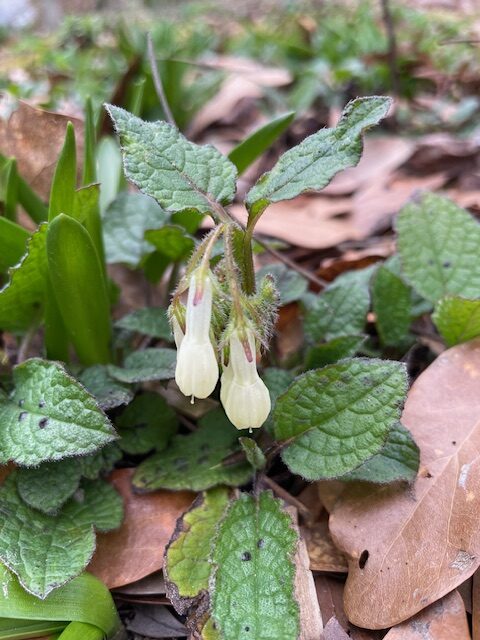
Blooming early in the season provides these flowers with some great benefits. First, there is little competition – the bulk of the natural world will wait for warmer weather to bloom. And secondly, these plants bloom under deciduous trees before the leaves come out, providing necessary light for their peak bloom time.
It’s interesting to think about the progression of color throughout the growing season for both our cultivated flowers and our natives. It won’t be long before pale pink appears in the natural palette with trilliums and lady’s slippers. These, too, are woodland plants taking advantage of available sunlight before the trees leaf out.
During summer, colors become more intense as temperatures rise and a whole new set of pollinators appear. Brilliant yellow, pinks, oranges, and reds dominate the landscape as sunflowers, Black-eyed Susans, butterfly weed, bee balm, summer phlox and Indian blanket grow tall and robust in the landscape.
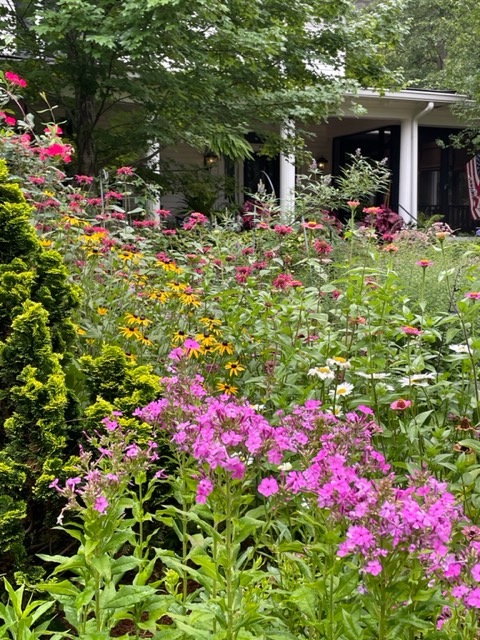
And of course, the giant roadside flowers of fall, such as asters, Joe-pye weed and ironweed show every shade of purple, beautifully complemented by the yellow goldenrod.
There are exceptions, of course, but it’s fun to look at this natural progression and appreciate the simple beauty of the winter whites while anticipating the riot of color to come.

I love this post! And have you ever noticed that night-blooming plants are white, too? It must be for the same pollinator reason, or maybe because whites shine in the dark, and colors would be a waste of energy, melting into the dark as they do.